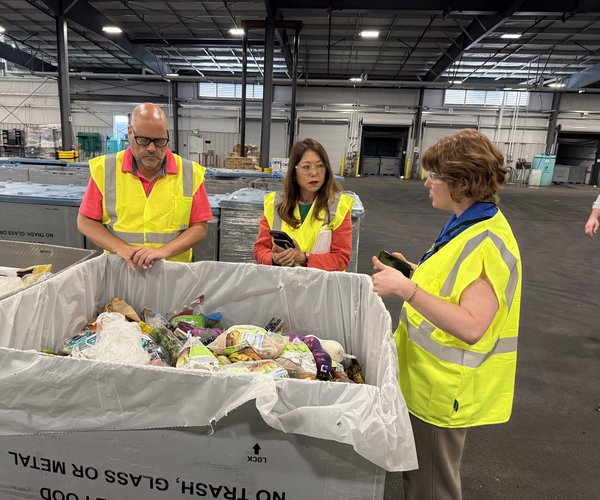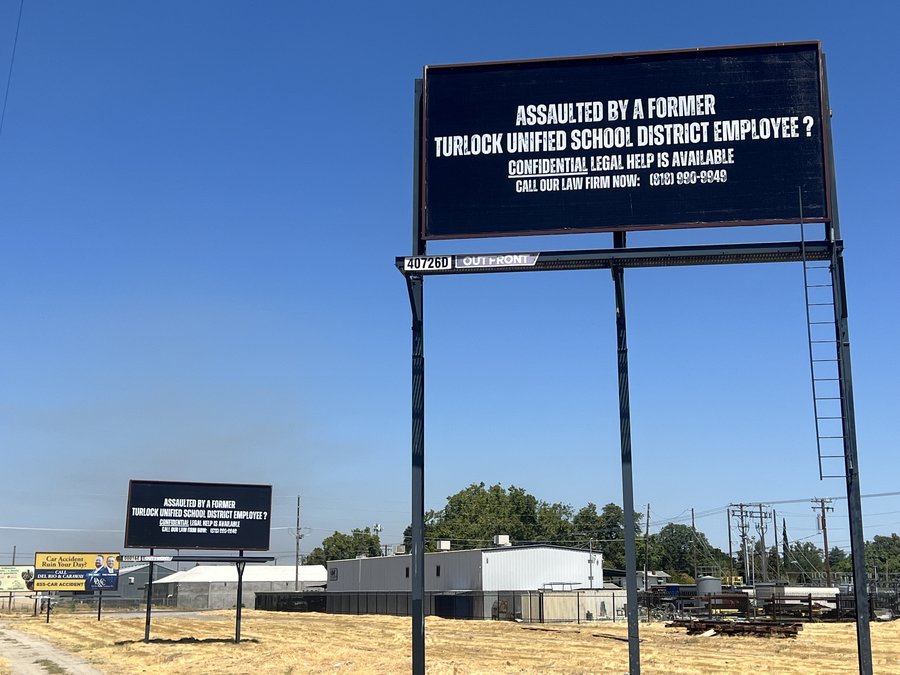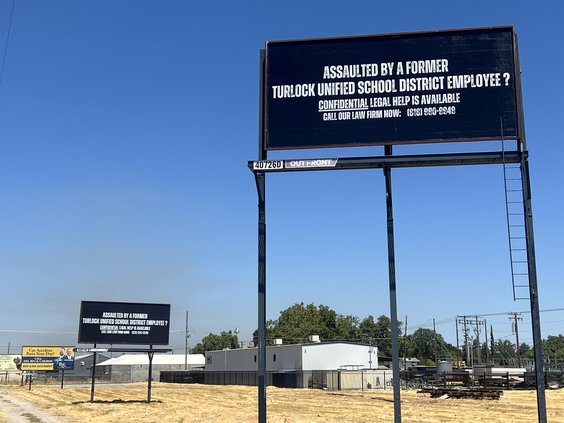Foster Care Stats
· Children in Foster Care: 58,343 children were in the foster care system in California on Sept. 30, 2010. Most children are placed temporarily in foster care due to parental abuse or neglect.
· Average Age of Children in Care: 11 years
· Length of Stay: The average length of stay for children in care in September 2010 was 16.4 months.
· Reunification: 56.7% of the young people leaving the system as of 2009-2010 were reunified with their birth parent(s) or primary caregiver(s).
· Foster Homes: In August 2010, there were a total of 7,211 licensed non-relative foster homes in California.
In 2010, 28.1% children and youth living in out-of-home care were residing with kin.
· Adoption: In 2010, 6,208 children and youth with state agency involvement were adopted.
Sources: Adoption & Foster Care Analysis Report System
Community Care
Erik and Anne Hansen’s home has the chaotic atmosphere that comes with having three small children. On a recent evening, Leif and Austin (both 5) were busy playing with the toy train under the family’s Christmas tree, while Emma (14 months) was learning how to walk for the very first time under the watchful eyes of Erik and Anne.
After the train lost its appeal, the boys ran into the playroom to start a new game, while Emma took turns walking to the adults in the room.
The Hansens are a typical family — except for the fact that they are foster parents.
The Turlock couple has been providing a home for children who the courts have deemed not safe with their parents for the past six and half years. Austin and Emma (whose names have been changed to protect their privacy) are the most recent additions to the Hansen household.
In the past six and half years, the Hansens have provided a foster home to around 14 children ranging in age from 1-year old to teenagers.
“My mom says, ‘how do you deal with the chaos?’ And I tell her, ‘we thrive on it,’” said Erik.
The Hansens became foster parents because Anne wanted her 13-year-old daughter to have siblings.
“We tried to have a child and couldn’t, and we didn’t want her to be an only child,” Anne said. “We couldn’t afford to adopt, but really wanted (my daughter) to have the experience of other kids in the house.”
The Hansens got more than they expected, however, when Anne got pregnant four months after becoming a foster parent. They soon welcomed their son Leif into the world.
“In nine months we went from having one kid, to four,” said Erik.
Despite the rapid transition from caring for one child to many, the Hansens do not regret their decision to become foster parents. Their continued motivation? “Watching the kids grow up,” said Erik.
When Austin came to live with the Hansens, he had never been to school, didn’t know numbers, colors or the names of animals, said Anne. After only four months of living in a stable home and attending kindergarten, he now recognizes his own name, and can name colors and animals.
Even though the Hansens recently have been fostering young children, they also have had the experience of providing a home for teenagers.
One young man came to their home at age 13 and stayed until he was 19.
“We got to see him grow into a man, going from this is ‘Anne’ to this is ‘mom,’’ Anne said.
Anne said the best thing about having teenagers is being a part of those once-in-a-lifetime moments, like going to prom and first crushes.
Being foster parents isn’t an easy job, however. With the older kids, they have to deal with all the struggles that come naturally during puberty — and any scars that may have been left after years of physical, emotional or sexual abuse.
Anne said the hardest thing about fostering the younger kids is seeing them leave.
“You have the hope the court made the best decision and it’ll work out for the best. You have the fear that it won’t,” she said.
Whenever the Hansens question if they can go through another “emotional roller coaster,” as Erik described it, they think about the children who really needed a safe haven.
“We had a little girl who was covered head to toe in bites. She had the worst diaper rash I’ve ever seen. When she came to us she wouldn’t have anything to do with men. She would see a man and start screaming at the top of her lungs.
“When she left, she was walking, talking and acting like a toddler should. That’s all she needed — love, a warm place to live, food in her tummy, a bath and clothes,” Anne said.
The Hansens are just one of the many foster families in the county who step in to care for children who are not safe at home.
Finding a safe haven
There are approximately 60,000 children in foster care in the state and about 250 in Stanislaus County.
It’s the job of the county’s Community Services Agency, Child and Family Services Division to find a safe home for every child that needs one. Whenever a child or youth is taken out of his or her home, the first step is for the CSA social worker assigned to the case to look for another relative who would be able and willing to take the child in.
“We believe that our youth must have long-term connections; we’re always looking at relative placement or non-relative, extended family first,” said Sheelah Grant, CSA manager of Court and Family Reunification.
If a relative is not able to take care of the child, then the county’s foster agency — or one of the network of private foster care agencies the county works with — looks for a home.
The majority of children in foster care (57 percent in 2010) are eventually reunified with their parents. This reunification process involves a series of hearings in front of a family court judge. The court can order parents to complete a substance abuse program, parenting classes and/or mental health treatment before the child can come home.
In many cases reunification happens in a gradual way, first with day visits, then over-night stays so the county social worker can observe the parents’ ability to care for the child safely.
“Behavior change is sometimes hard for people,” Grant said. “But we are in the business of hoping people can change and we give them the opportunity to do it.”
While many children are reunified with their parents, there are many more who are in need of a permanent home.
Research has shown that children do much better when raised in a stable home. When reunification is impossible, then adoption is the next best thing, and then a permanent placement, said Grant.
“Our focus is to provide permanency for every child who comes through,” said Sandra Genova, supervising social worker with Aspiranet, one of the local foster care agencies that work with the county.
There is always a need for more foster parents who are willing to give children a home short-term and long-term.
“Lots of people can be foster parents,” said Genova. “It’s not a child’s choice to be in this situation, but they still need a place to go.”
While the process to become a certified foster parent can be onerous and involve hours of training, background checks and rules, rules and more rules; the payoff is great.
“To know you’ve given them something they can take away for the rest of their lives is amazing,” Genova said.
For more information on becoming a foster parent, visit aspiranet.org.
This is the second in a series of stories about child welfare. Future stories will look at services for foster kids once they turn 18.
To contact Kristina Hacker, e-mail khacker@turlockjournal.com or call 634-9141 ext. 2004.









